Projects
Supporting innovative, cutting edge ideas, the Research Innovation Fund (RIF) provides seed grants for cross-college collaborative projects.
How do I apply?
Project Description
Media
Filters
- Project Types
- All
- Animal Health
- Aquaculture
- Automation and Robotics
- communities
- Communities/Farmers/Relations
- Computational Modeling
- Controlled Environment Agriculture
- Crop Production
- Dairy/Livestock Production
- Data Integration and Processing
- Farmers
- Farmers, Communities, Relationships
- Food Safety
- International Agriculture
- Iot and Networks
- Machine learning
- Machine Learning
- Plant Breeding
- relations
- Sensing Technology
- Soil
- Trustworthy AI
- Years
- Project Creators
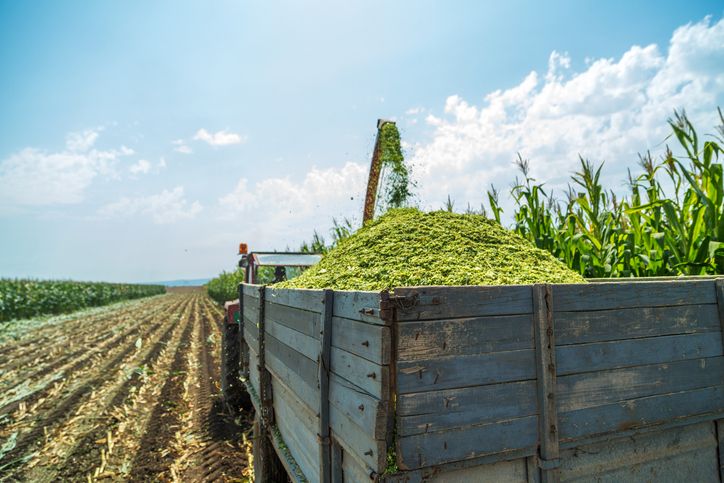
Spectral Prediction of Deoxynivalenol (DON) in Maize Grain, Rachis Tissue, and Silage
Deoxynivalenol (DON) is a secondary metabolite or mycotoxin produced by Fusarium molds. DON contamination in maize poses a major threat to food and feed safety. Conventional detection of mycotoxins involves time and resource-intensive chemical assays. Inexpensive and non-destructive methods for detecting DON based on the spectral properties of grain have shown promising success at various prediction tasks. Grain-based models, however, may not be effective for assessing silage, which consists of mixed maize tissues. Available evidence suggests that the maize rachis can harbor much more DON than grain, but rachis tissues have not been included in spectral models for DON detection. Models that leverage spectral data from both grain and rachis tissue could enable cost-effective DON surveillance in maize silage. To assess the extent of this applicability, we will acquire diverse silage samples from local dairy farms. This model’s performance will suggest how specific our rachis and grain wavelengths are to DON in general, and in turn, how applicable they may be to silage samples.
Chloe Siegel (GR-CALS), Primary Advisor: Rebecca Nelson (CALS), Secondary Advisor: Daryl Nydam (CVM)

Control of Multidrug-Resistant Salmonella Dublin in Heifer-Raising Operations Through Integration of Mathematical Modeling and Economics Approaches
Multi-drug resistant (MDR) Salmonella dublin is an emerging zoonotic pathogen capable of causing severe disease in humans and is also a major concern to dairy cattle operations worldwide, including in New York State. Current gaps in the understanding of the transmission dynamics of MDR S. dublin and the economic feasibility of different mitigation strategies severely challenge the ability of dairy farmers to make informed decisions about cost-effective approaches to safeguard their production. This project proposes to develop a decision support tool that assesses MDR S. dublin control strategies based on integrated mathematical modeling and economic analysis approaches. Based on the results, a web-based interface will be designed to provide model simulation and planning of S. dublin mitigation strategies.
Sebastian Llanos Soto (GR-CVM), Primary Advisor: Renata Ivanek (CVM), Secondary Advisor: Martin Wiedmann (CALS), Tertiary Advisor: Aaron Adalja (SHA)

Developing a Satellite Image-Based Sampling Protocol for Nutrient Monitoring in New York Vineyards
Extension specialists recommend that vineyard managers sample for leaf blade nutrients by collecting a large, random sample in each block each season. However due to the time and effort required, this task is either completely ignored or a biased sample is collected. The goal of this project is to use free, readily available, remotely-sensed images such as Normalized Difference Vegetation Index (NDVI) and Synthetic Aperture Radar (SAR) images to assess vineyard block variability and guide efficient sampling practices. Guided sampling pathways will reduce the labour and fuel required for nutrient sampling, resulting in reduced production costs for NYS grape growers. An additional benefit may be that growers are more likely to sample, resulting in improved environmental sustainability due to more targeted fertilizer applications.
Manushi Trivedi (GR-CALS), Primary Advisor: Justine Vanden Heuvel (CALS), Secondary Advisor: Rowena Lohman (COE)

Noninvasive Measurements on Plant Conditions Inspired by Raindrop-Leaf Interaction
This research will investigate the mechanism of how an elastic leaf interacts with an impacting raindrop, having potential implications for characterizing the water/nutrient condition of plants from the drop-leaf interaction. When the drop hits on a leaf, the leaf flutters differently depending on the properties like stiffness and shape. Based on this fact, we are trying to reveal the functional relation between the leaf motion and its water/nutrient stress. High-speed cameras will quantify the shape deformation of the leaf and sensors will measure vibration. Using a piezo-electric material instead of a leaf, the project aims to develop an innovative engineered system based on this raindrop-leaf interaction to record and store mechanical vibrations subject to drop impact leading to an innovative energy-harvesting device from raindrops.
Jisoo Yuk (GR-CALS), Primary Advisor: Sunghwan (Sunny) Jung (CALS), Secondary Advisor: Kirstin Petersen (COE)
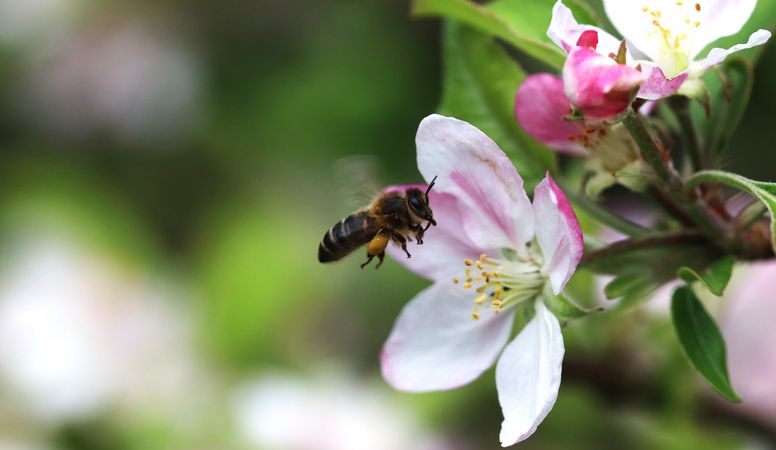
Attracting Wild Pollinators to Orchards: Applications for Sensory Ecology
Insect pollinators are vital for agriculture. Unfortunately, recent pollinator declines threaten food security, biodiversity, and the agricultural economy. Pollinator management typically focuses on honey bees (Apis mellifera), but native bees are often more efficient pollinators. Attracting native bees to agricultural areas is an efficient and sustainable solution to our escalating pollinator crisis. Recent research from collaborators in Cornell Entomology showed that wild bumble bee queens are highly attracted to the nests of other bumble bees, which they try to usurp. I aim to develop a tool that exploits this attraction, encouraging bees to nest and pollinate in orchards. This summer, I will determine what factors nest-searching bumble bees use to locate and select nest sites. The results will inform the design of this tool and fill a gap in our knowledge of this ecologically important species. With this knowledge and integrated grower feedback, we will prototype design for 3D printed artificial nest cavities to simulate natural burrows.
Leah Valdes (GR-CALS), Primary Advisor: Robert Raguso (CALS), Secondary Advisor: Kirstin Petersen (COE)
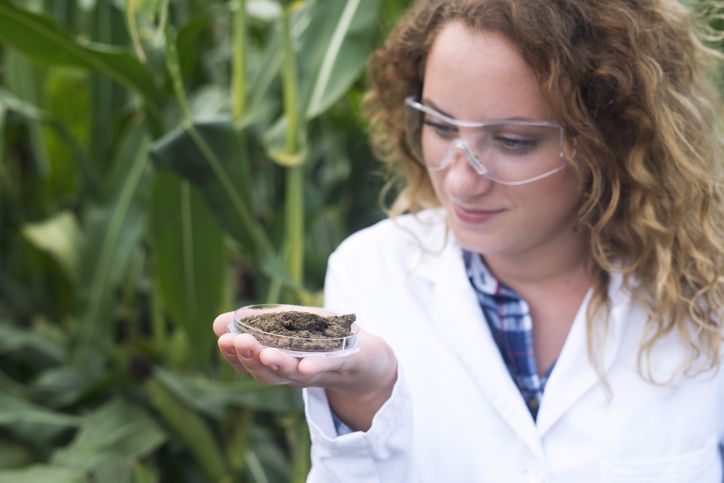
Ultrasonic Imaging for Microbial Natural Products in Agriculture
Soils harbor a tremendous diversity of bacteria that serve as reservoirs for natural products beneficial to agriculture. The majority of soil bacteria are not cultivable under standard laboratory conditions using petri plates and liquid broth cultures. Two decades ago, the rise of metagenomics liberated researchers interested in natural product discovery from the constraints of microbial cultivation but innovative methods to identify bacteria capable of small molecule production are still lacking. We propose a proof-of-concept study on the application of ultrasonic chip imaging for high throughput natural product discovery based on screening of a 100kb soil metagenomic library.
Liang Cheng (GR-CALS), Primary Advisor: Jenny Kao-Kniffin (CALS), Secondary Advisor: Amit Lal (COE)
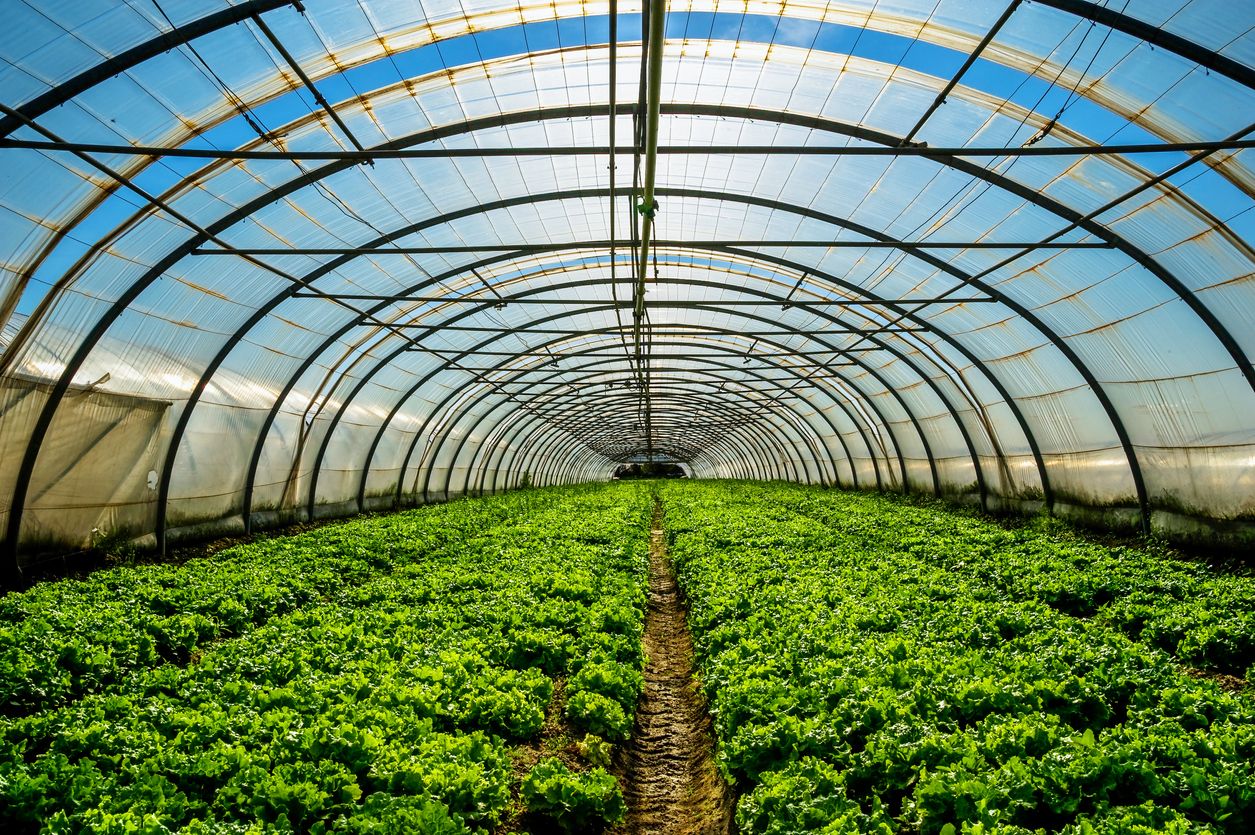
Smart and Intelligent Greenhouse Climate Control with Artificial Intelligence
This research project aims to tackle challenges related to greenhouse climate control by developing a smart and efficient AI-based control framework for greenhouse climate that minimizes costs while maintaining a suitable greenhouse climate for crop growth. In addition, this research will optimize use of resources such as energy and water which are of critical importance, particularly in the era of climate change, further highlighting the importance of efficient greenhouse climate control.
Wei-Han Chen (GR-COE), Primary Advisor: Fengqi You (COE), Secondary Advisor: Neil Mattson (CALS)
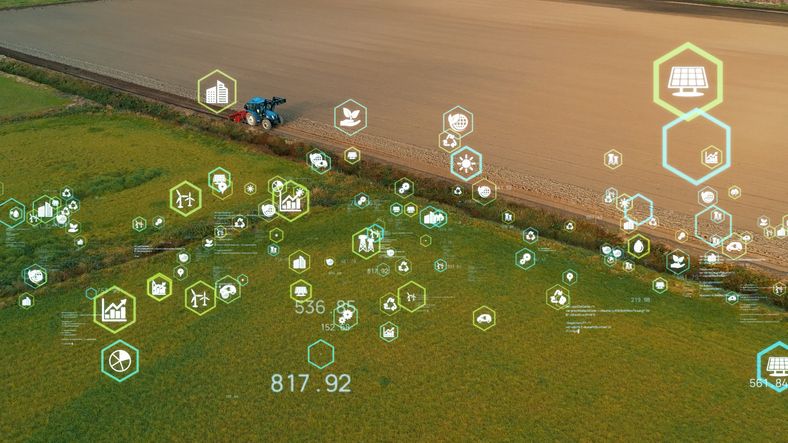
Novel Human-Machine Interface in Agriculture for Better Data Collection and Agronomic Assistance
Digital agronomy has the potential to significantly improve both crop productivity and environmental stewardship by optimizing several aspects of crop management including input placement, resource use, and timing of operations. Curating management data on the farm for digital agronomy applications requires significant time, skill, and attention from the farmer, which explains in multiple instances the limited availability of that data. Without a way to collect farm data systematically and reliably, small and medium farmers may lag behind in the digital revolution happening in agriculture, hindering their ability to remain competitive and meet increasing environmental standards. This project proposes a novel approach to both simplify and improve crop management data collection process with a novel human-machine interface solution. An interactive voice system in the tractor’s cabin can be used to exhaustively collect farm management data more reliably and efficiently than current crop management data recording processes and provide tactical answers to farmers.
Louis Longchamps (CALS), Wendy Ju (CIS), Immanuel Trummer (COE), Diane Bailey (CALS), Mike Stanyard (CALS), Erik Smith (CALS), Michael Hunter (CALS)

Optimization of The Milk Harvesting Process Through Automation and Data Integration
Adequate udder stimulation of dairy cows before milking is critical for the harvest of high-quality milk, traditionally achieved through milk stripping by hand. To date, dairy operations apply a fixed pre-milking stimulation regimen to all cows, irrespective of their physiological needs. This results in delayed milk ejection (DME) in approx. 25% of cows on New York State dairies. Delayed milk ejection leads to poor milking efficiency, impaired teat and udder health, and reduced milk yield. We estimate that DME results in an income loss of approx. $250,000/year on a 1,000-cow dairy. Accommodating the physiological requirements of individual cows in a precision dairy farming system is of utmost importance to optimal milk harvest and animal well-being. To achieve this, a new dimension for automated identification of cows with DME and providing them with additional pre-milking stimulation using automated pre-milking stimulation (APS) systems is critical.
Matthias Wieland (CVM), Julio Giordano (CALS), Paul Virkler (CVM)

Real-time Control of On-farm Water Treatment Infrastructure to Enhance Biological Removal of Nonpoint Source Nitrogen Pollution 
The use of Internet of Things (IoT) tools in agricultural water quality management is a nascent field but holds great promise for innovating decentralized biological treatment systems geared for reducing nonpoint source nitrogen releases from excess fertilizer use. This project proposed to produce a first-of-its-kind testbed IoT-enabled denitrifying bioreactor that will produce novel data on the use of real-time control techniques to enhance nitrate load reductions under real-world conditions. This project aims to retrofit existing edge-of-field denitrifying bioreactors with sensors and actuators to enable real-time control of water levels and labile carbon concentrations in formerly static bioreactors. It will also serve to demonstrate the application of digital tools for agricultural water quality management – and address a critical sustainability challenge for agriculture and food production.
Matthew Reid (COE), Nils Napp (COE), Scott Steinschneider (CALS)

Illuminating Belowground Environments by Harnessing Plant Metabolites for Programmable Plant Phenotyping
In spite of its potentially massive agricultural and economic impact, state-of-the-art methods remain unable to reliably predict plant performance in real-world field conditions. Much of what is known regarding plant performance in controlled laboratory conditions fails to hold true in real-world environments. To facilitate the translation of “lab knowledge” into functional predictions in the field, we will develop an underground biosynthetic sensor that enables the molecular dynamics of belowground processes to be illuminated aboveground. Biosensors will be used to transmit belowground detection of environmentally-responsive flavonoids into the arial half of the plant where these signals can be detected using automated phenotyping. This project will ultimately produce a new transformative technology for interrogating root-environment interactions. This tool can be engineered to detect almost any below-ground interaction that triggers the production of a specific metabolite (e.g. pathogens, beneficial microbes, and toxic compounds), and thus can be widely adapted to address a range of agricultural challenges.
Sijin Li (COE), Margaret Frank (CALS)

Intermediaries in Agtech Systems of Innovation: Between Entrepreneurship and Social Impact
The agricultural innovation landscape is rapidly evolving, and a host of new actors are diversifying a space traditionally dominated by government agencies, public universities, and established agribusiness firms. Globally, investments in agtech start-ups amounted to $30 billion in 2020, representing a 34.5% increase from just the year before (Investable Universe, 2021). Intermediary actors, often referred to as incubators (and accelerators), have arisen in this context to fill a gap in the innovation ecosystem. These incubators often position themselves as mission-oriented – that is, their goals are not only to spawn successful commercial ventures but also to produce positive societal impact by supporting enterprises that contribute to solving social and ecological problems. There is growing interest in metrics, oversight, and reporting protocols to address the challenges of securing and communicating social impact, but these practices are very uneven and very little is known about their performance. This research project stands to generate insights into how entrepreneurs, investors, and innovation intermediaries anticipate, negotiate, and address social impact goals in order to strengthen accountability in innovation ecosystems.
Steven Wolf (CALS), Mukti Khaire (CIS), Gregory Ray (JCB), Zach Shulman (Entrepreneurship at Cornell), Matt Marx (Dyson)
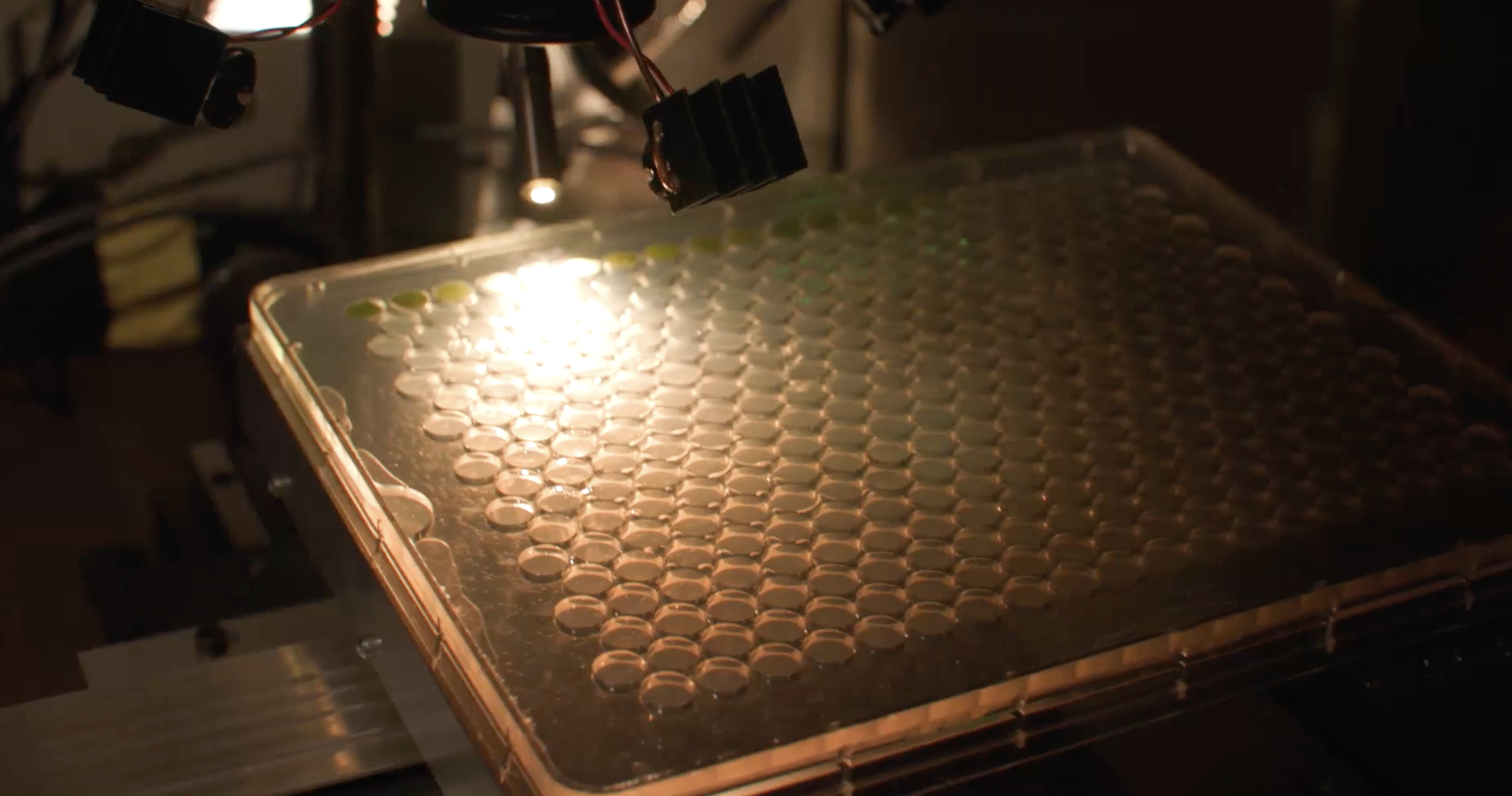
Human-Centered Hyperspectral Sensing Robot and Analysis System for Plant Stress Research and Management
Sensing, robotics, and artificial intelligence (AI) are the leading edge of a technological revolution in agriculture. Present barriers unnecessarily destroy users’ interest in technology adoption, constraining HTP and DA applications to a narrow slice of what should be a broad, if not all-encompassing stakeholder base. This project proposes to develop a human-centered hyperspectral sensing robot and analysis system that enables not only critical research experiments but also confident adoption of AI technologies for data analysis and decision recommendations, moving from highly controlled to more complex systems.
Yu Jiang (CALS), Qian Yang (CIS), Katie Gold (CALS), Hans Walter-Peterson (CALS), David Gadoury (CALS), Lance Cadle-Davidson (CALS)
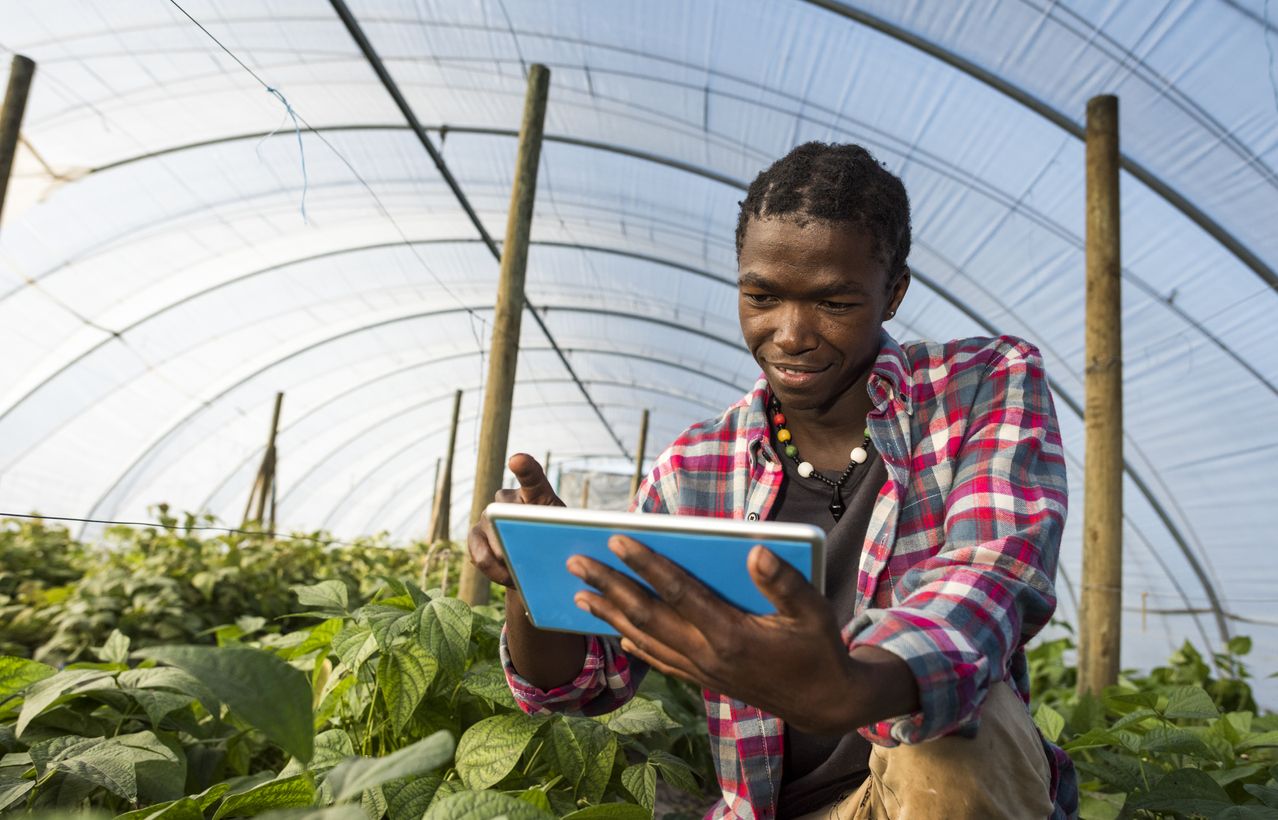
The impact of COVID-19 on digital agriculture SMEs in Kenya
The COVID-19 pandemic has been a test of the fragility of the global food and agricultural systems. Particularly, the pandemic heavily weighed down the agri-food systems in developing countries. Nonetheless, the outcomes of the pandemic are creating robust opportunities geared towards the sustainability and resilience of the global agri-food systems. In the agri-food value chain this surge in demand has accelerated the growth of digital agriculture SMEs. The foundation of this research project is built on exploring how the COVID-19 pandemic has impacted digital agriculture SMEs in agribusiness value chains of frontier markets through measuring things like disparities (e.g., gender differences) in subscriptions, the impact of COVID-19 on sales and turnover of SMEs, and the socio-economic and political environment.
Jeff Kangacha (UG-CALS), Primary Advisor: Ed Mabaya (CALS), Secondary Advisor: Jaron Porciello (CALS)
Become a Fellow
Stay up to Date
If you have a disability and are having trouble accessing information on this website or need materials in an alternate format, contact [email protected] for assistance.
CIDA Copyright 2023 | CIDA is an equal opportunity employer | Terms of Use | Privacy Policy